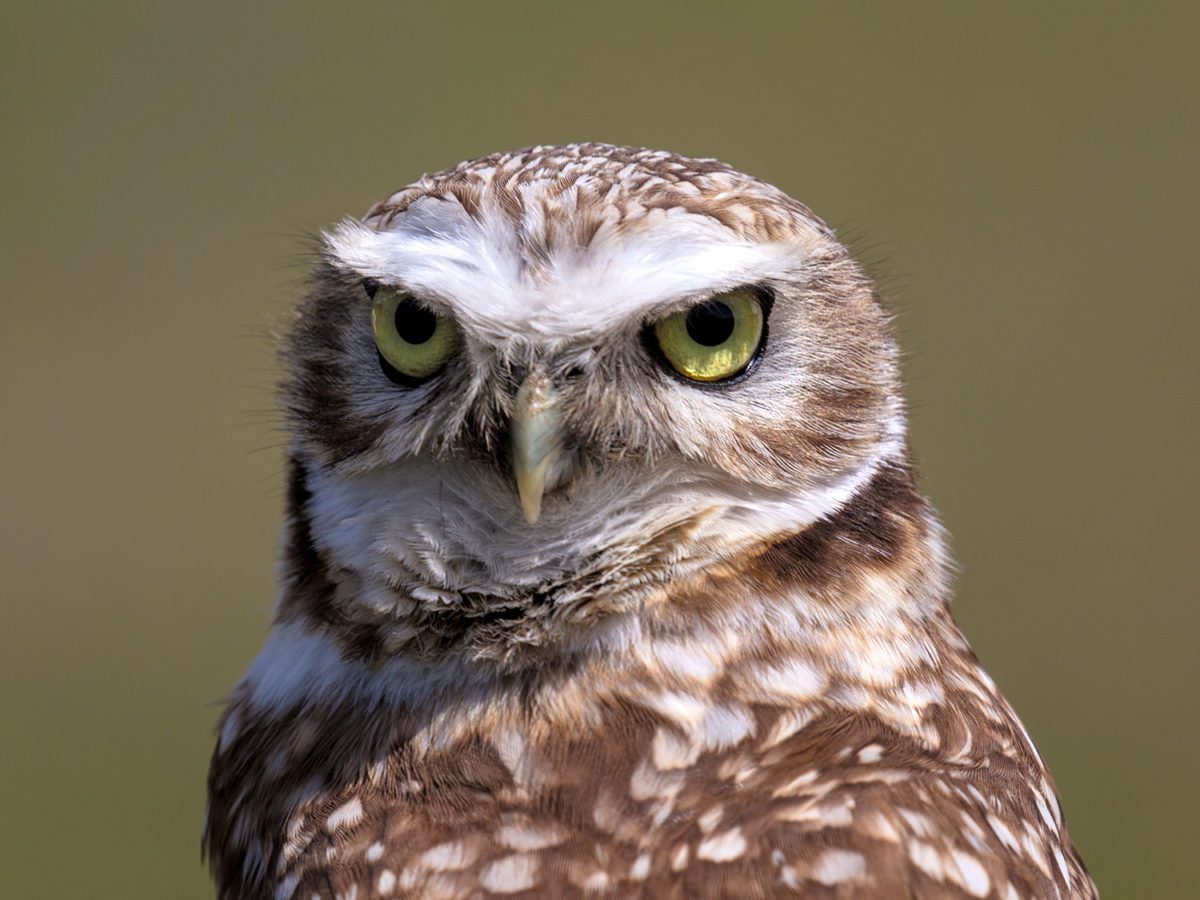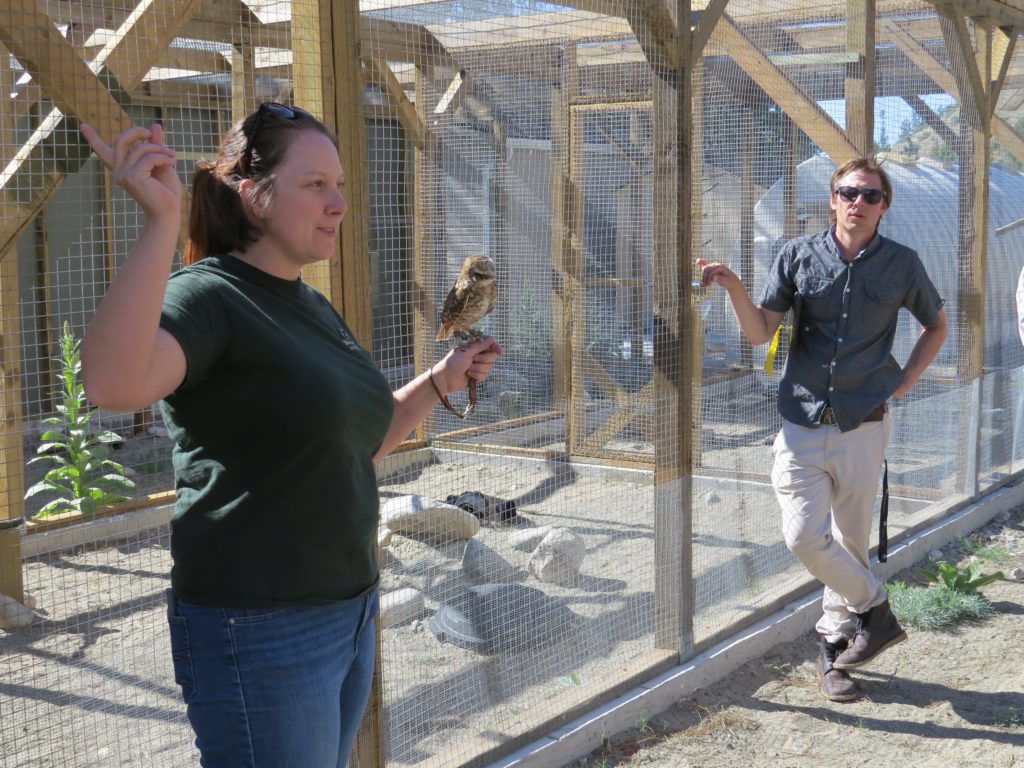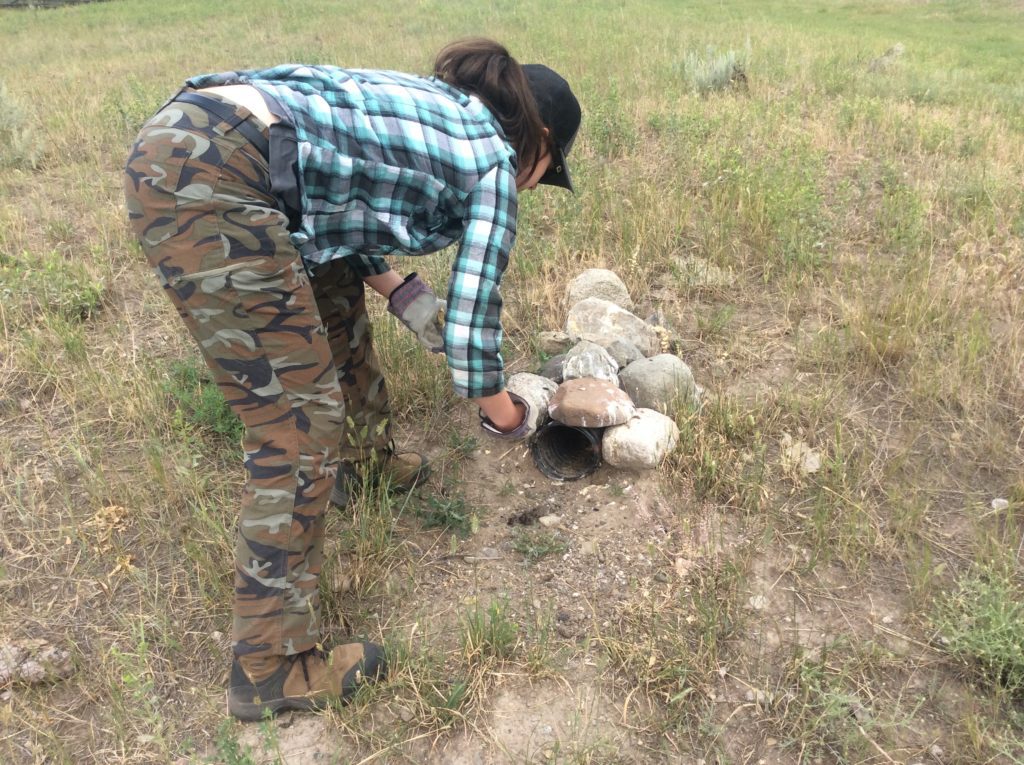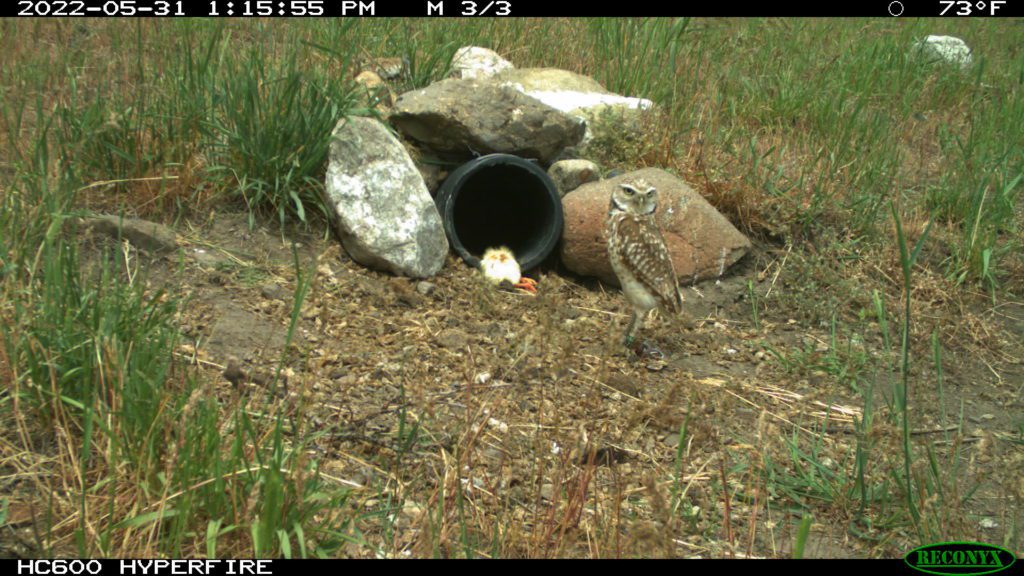
Conservation work is a painstaking process. Between acquiring land and working to restore its ecosystems, conservation can take years to materialize in a meaningful way. This fact, however, is what makes the payoff of a conservation success story so sweet.
The Burrowing Owl is a rather unique bird species in British Columbia. It is one of the smallest owl species in the world, burrowing in the ground – often in prairie gopher holes – rather than nesting in the trees. This species is Red-Listed in BC (SARA Schedule 1 – Endangered), with much of its population pushed out of its habitat due to efforts to remove badgers from crop fields. Owl numbers have dwindled over the years, with its BC population limited primarily to the Okanagan.

Conservationists have taken notice. The Burrowing Owl Conservation Society of BC (BOCS) has been the leader in this field. Their team hatches and raises owls at specialized facilities in Kamloops, Port Kells and Oliver, which are then gradually released into the wild. This year alone, BOCS has released four young owls on Nature Trust property.
The group also builds burrows for the owls on protected land in the area, particularly in collaboration with other conservation-oriented organizations. Burrowing Owl Winery for example, took its name from the owl and allows burrows to be built on its land. The Nature Trust of BC is another organization involved in these initiatives. Our Okanagan Conservation Field Crew has maintained five burrows within the White Lake Basin Biodiversity Ranch by installing “soft release cages” that protect fledglings and allow them to imprint on the burrow.

The struggle with Burrowing Owl conservation has been that the species is migratory, and individuals do not stick around their burrows for long. BOCS tags their owls before they fledge and they have found that most birds only fly as far north as the Northern United States when they return from migration, rather than returning to their original burrow. While conservation efforts have been successful at helping general Burrowing Owl populations, they have had little impact on BC owl numbers. Until now.
In May, a wildlife camera captured an adult Burrowing Owl returning to a burrow at White Lake. This owl was released by BOCS from burrows on the nearby Penticton Indian Band (PIB) land. Up to this point, no owl had returned to the Okanagan after being released on PIB, making this a landmark occurrence for conservationists.
Now this is just one bird. It is not a new burrow, a sign of multiple birds, or any sort of guarantee that this particular bird will return to White Lake. But it is a sign of conservation success – a sign that the strategies being implemented to revitalize an endangered population are working. This is the ultimate goal of conservation, to see a species bounce back from its previous shrinking state.

With conservation progress being gradual by nature, success stories can be few and far between, but are very rewarding when they do happen. We are very grateful to be part of an initiative that sees such goals become a reality. Hopefully, this one owl will be a harbinger of a future Burrowing Owl renaissance led by our friends at BOCS, and that next year there will be two or three birds returning to BC and hatching new owlets that can help their endangered population recover. Thank you to BOCS, Burrowing Owl Winery, the Penticton Indian Band, and all other partners in this wonderful odyssey.
